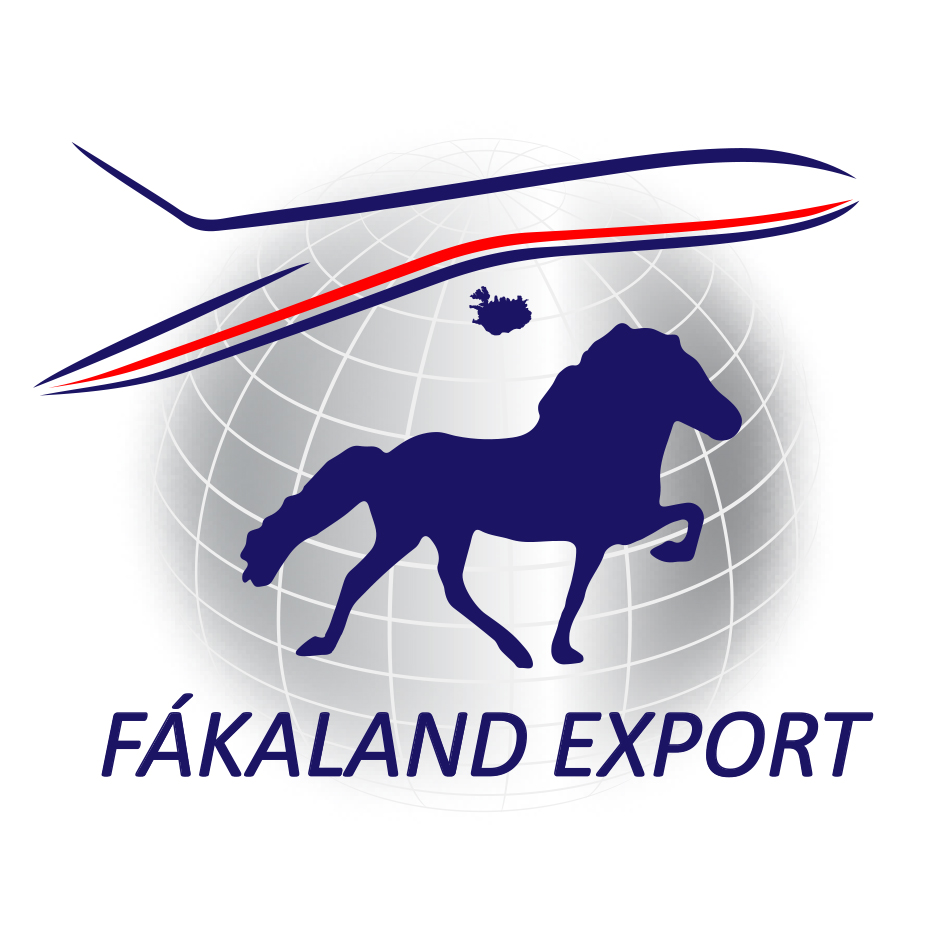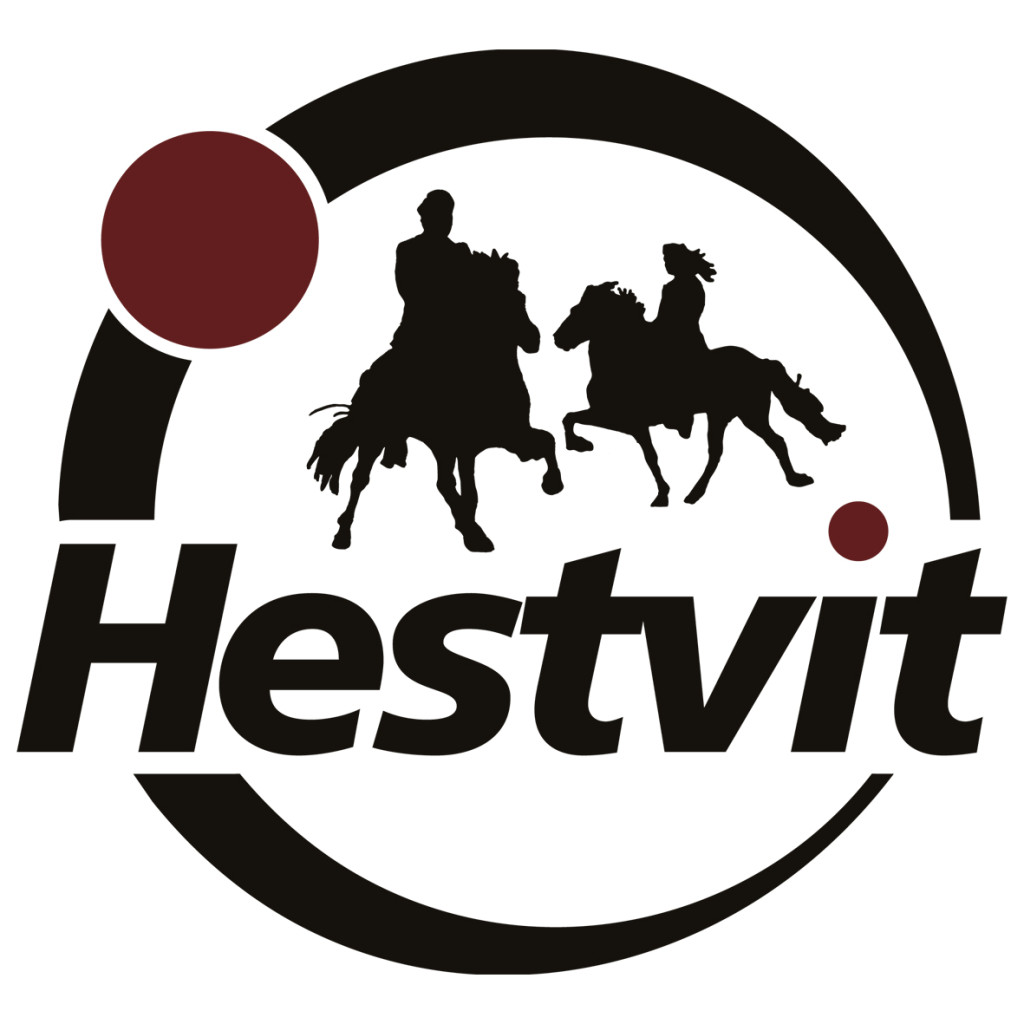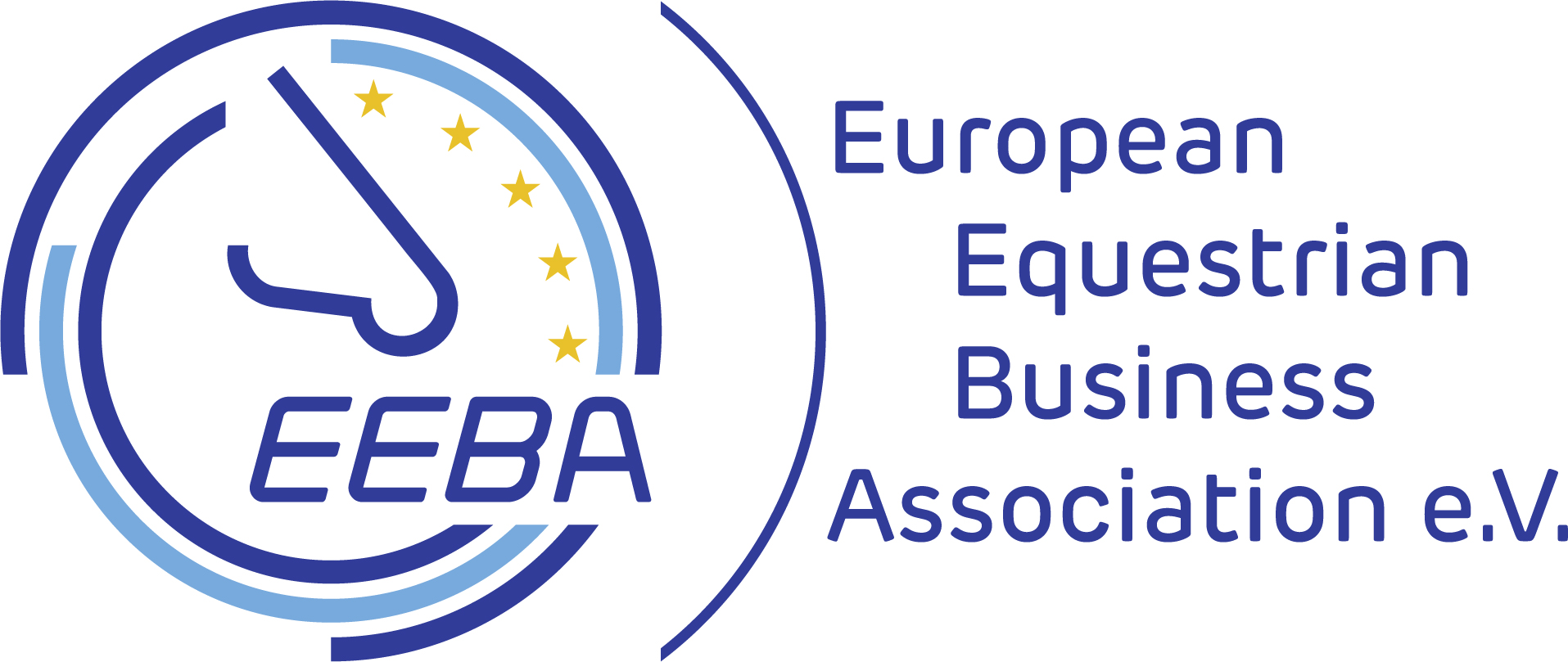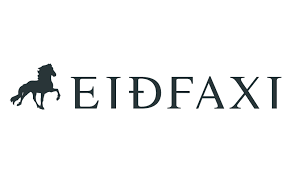In 2017, the Soil Conservation Service of Icelandic and Horse Breeders Association of Iceland founded a land-harnessing project called Hagagæði, or “Field Quality”, so that horse farmers and others who keep horses can have it formally certified that their land use is sustainable. “These farms which participate in Hagagæði are an example to many others. Readability of the land has increased, that is, understanding the messages which the land is sending us about its condition,” says project manager Bjarni Maronsson. Currently, there are 47 participating farms in the project, all of which have fulfilled the criteria of Hagagæði and received certification for the sustainable use of pastures.
 “The land is always sending us some messages, like organisms, about how it feels,” adds Bjarni. “It is very important that those who harness the land, horse farmers, sheep farmers and tourism operators, understand what is happening with the land.” He explains that there is a lot at stake. “If sensitive land is continuously over-grazed it can become permanently eroded, as has happened in Iceland through the centuries, and the vegetation change for the worse. In all cases there will be less harvest than under normal circumstances.” Bjarni stresses that the goal is not land preservation but good grazing management.
“The land is always sending us some messages, like organisms, about how it feels,” adds Bjarni. “It is very important that those who harness the land, horse farmers, sheep farmers and tourism operators, understand what is happening with the land.” He explains that there is a lot at stake. “If sensitive land is continuously over-grazed it can become permanently eroded, as has happened in Iceland through the centuries, and the vegetation change for the worse. In all cases there will be less harvest than under normal circumstances.” Bjarni stresses that the goal is not land preservation but good grazing management.
The health of horses also suffers on over-grazed land. “When the grass left in the pastures has become scarce it can begin affecting the condition of the horses, especially young horses and lactating mares. Fully-developed adult horses can survive on amazingly little but growing youngsters and mares with milk need quality pastures and good care, year-round.”
Bjarni discusses the story behind the Hagagæði project: “Around 1980, production limitations were put in place on sheep and dairy farming and each farm was allocated a certain production quota called ‘búmark’. Farmers had to make up for the loss in revenue somehow and some began breeding more horses.” Bjarni says that for a while, supply and demand was in balance but then, for a number of years, sales declined. “Until the year 2000, many farmlands were overcrowded with horses and grazing control was insufficient. Horse farmers were criticised for this demeanour.”
The Soil Conservation Service of Iceland carried out a preliminary study of the condition of grazing land in 1995-96, revealing that the situation varied significantly between farms. In 2000, the Horse Breeders Association of Iceland took the initiative to establish a project on quality control in horse breeding (Gæðastýring í hrossarækt). They requested that the Soil Conservation Service supervise horse pastures so that those who had the harnessing of grasslands under control would be recognised for their efforts.
“Since then, conditions have improved. There has been more grass growth and the weather fortunate for the vegetation. The number of horses has dropped considerably, and grazing management is much better,” says Bjarni. Gæðastýring í hrossarækt was discontinued in 2016 but there was interest in creating a special project around the land-harnessing part. The 44 farms which had been certified through Gæðastýring í hrossarækt automatically became participants in Hagagæði and the first year of the project, three new participants joined in.
The Soil Conservation Service’s regional representatives evaluate pastures in the autumn, using a specific scale. “0 is best and 5 is worst. 0 is non-grazed land and the higher the number, the higher the strain. If a land is given a 5 it is usually significantly eroded and often requires reclamation, or at least preservation,” Bjarni explains. “Horses can permanently damage land, but it is also possible to reclaim land using horses, by moving them back and forth during winter and feeding them haybales on barren soil,” he points out. “What is left is fertiliser from the hay and the manure.”
Hagagæði recently joined Horses of Iceland as a new partner. The project’s representatives would like to raise awareness of this important work and encourage others to participate. “If there were around 70 active participants, it could help spread the word. Even though not everyone participates in Hagagæði, people may take better care of their land because their neighbour does it.”
Those interested in joining the project can contact Bjarni (bjarni@land.is) and learn more about it on the Soil Conservation Service’s website.
Text: Eygló Svala Arnarsdóttir. Photos: Christiane Slawik
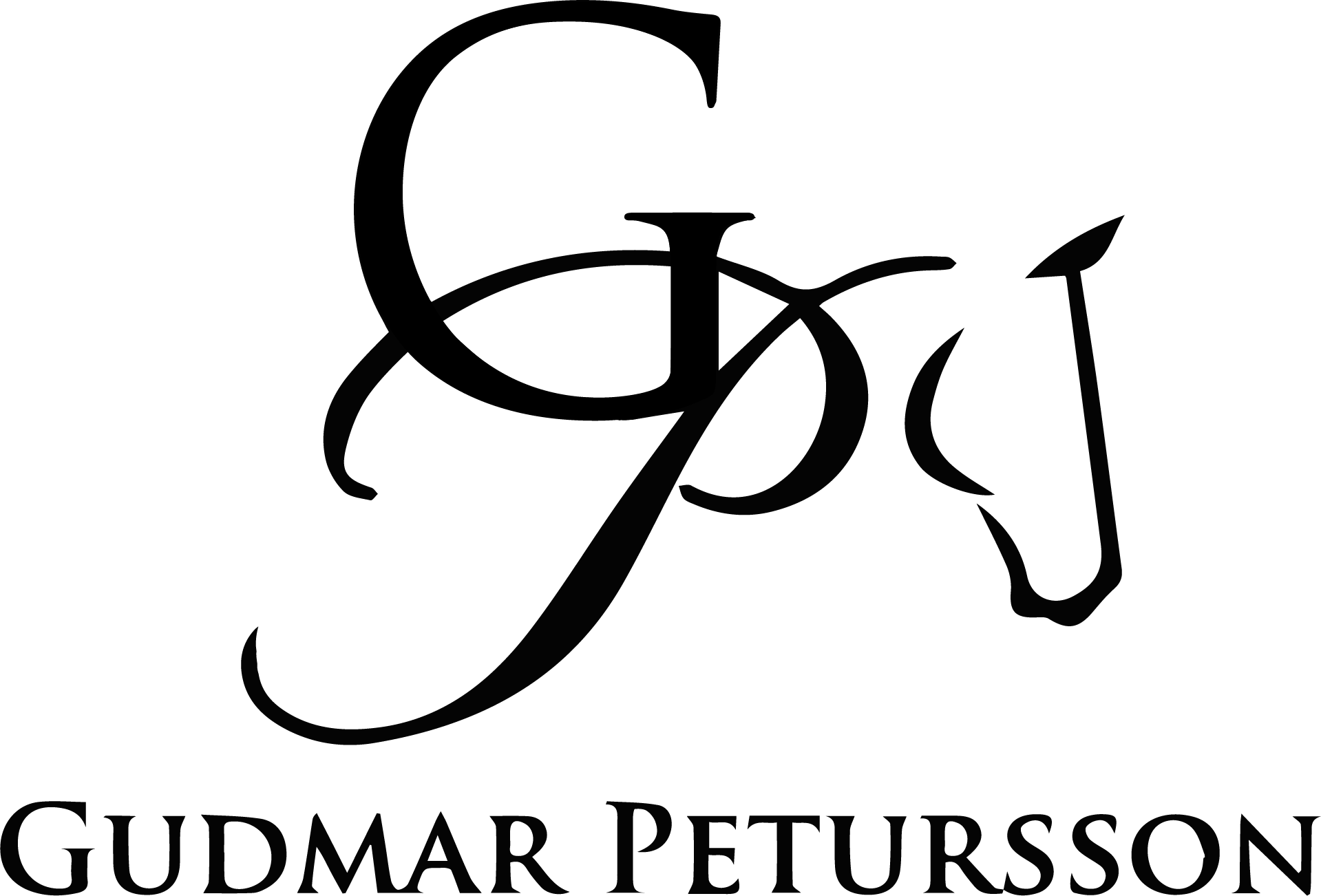
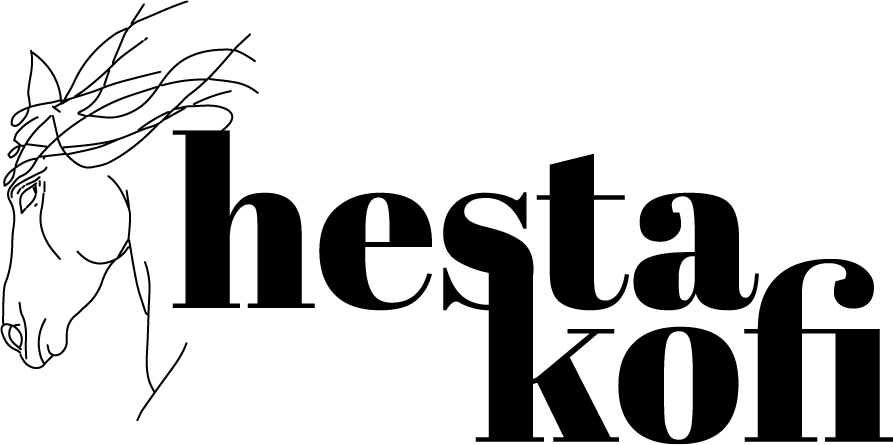
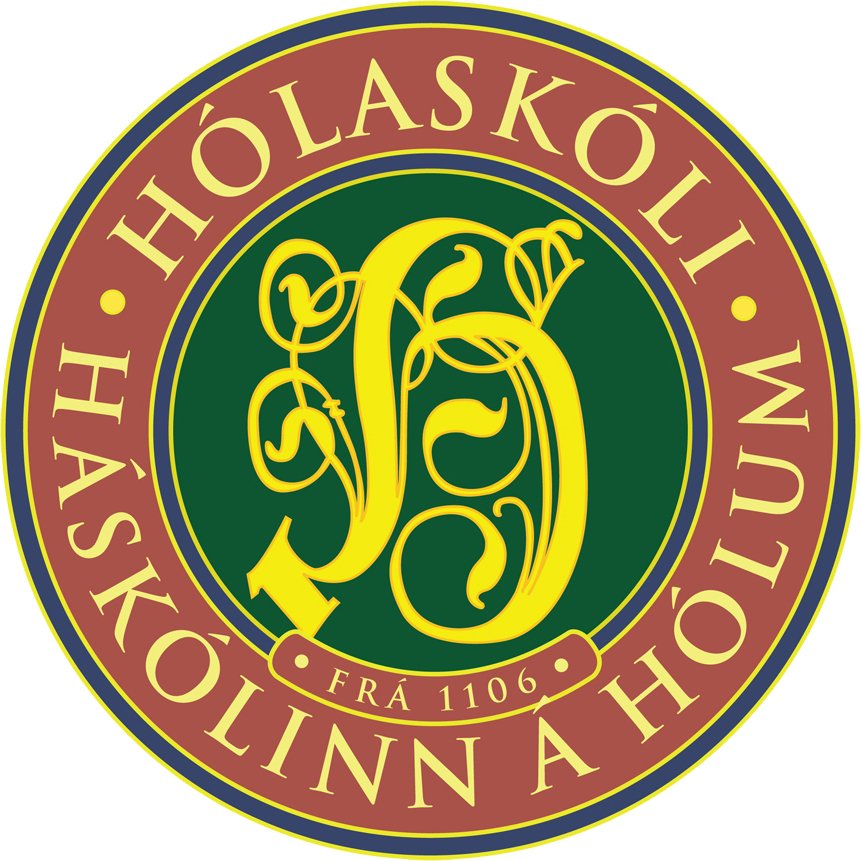
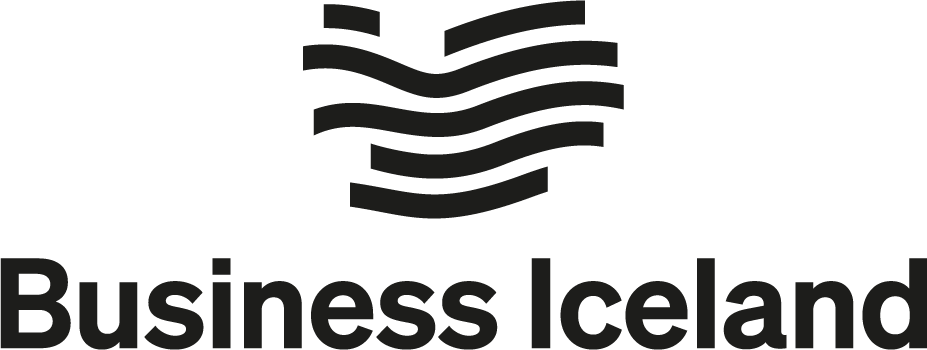


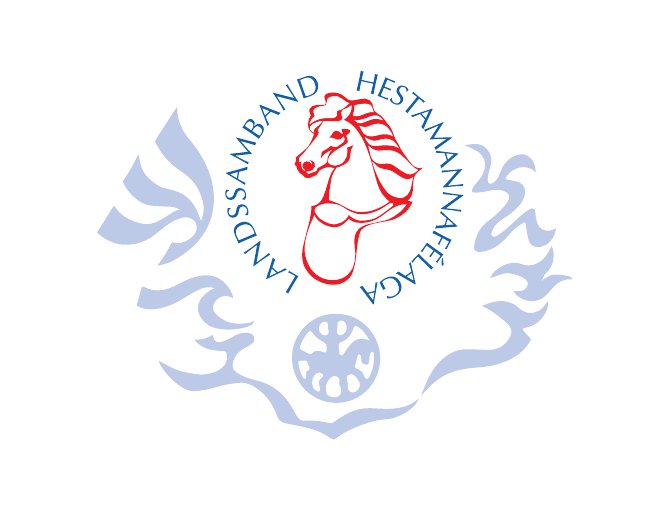



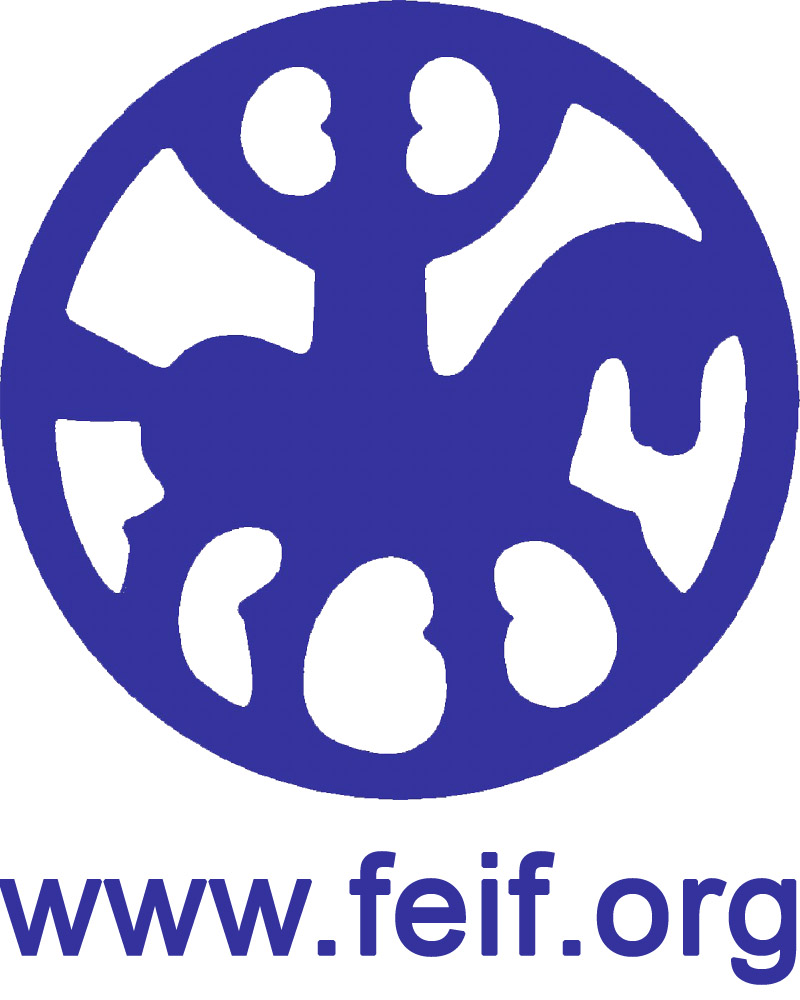
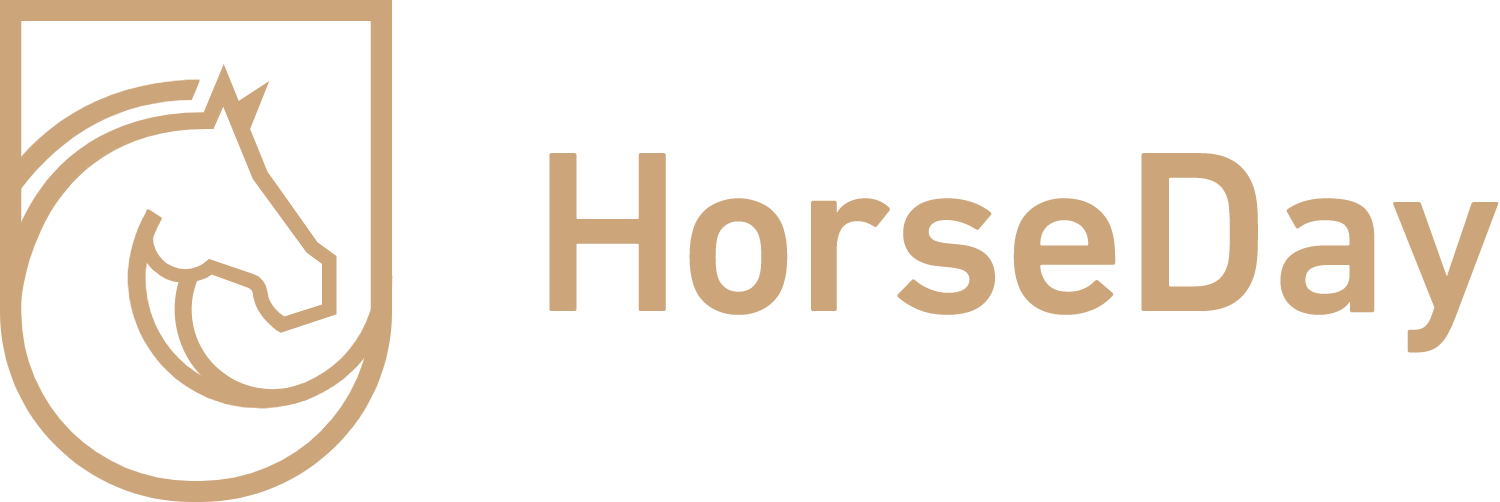
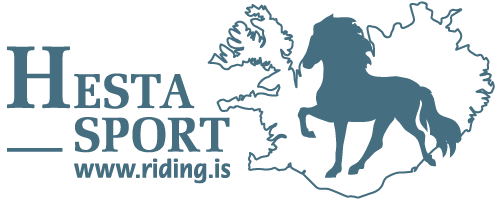


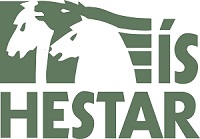

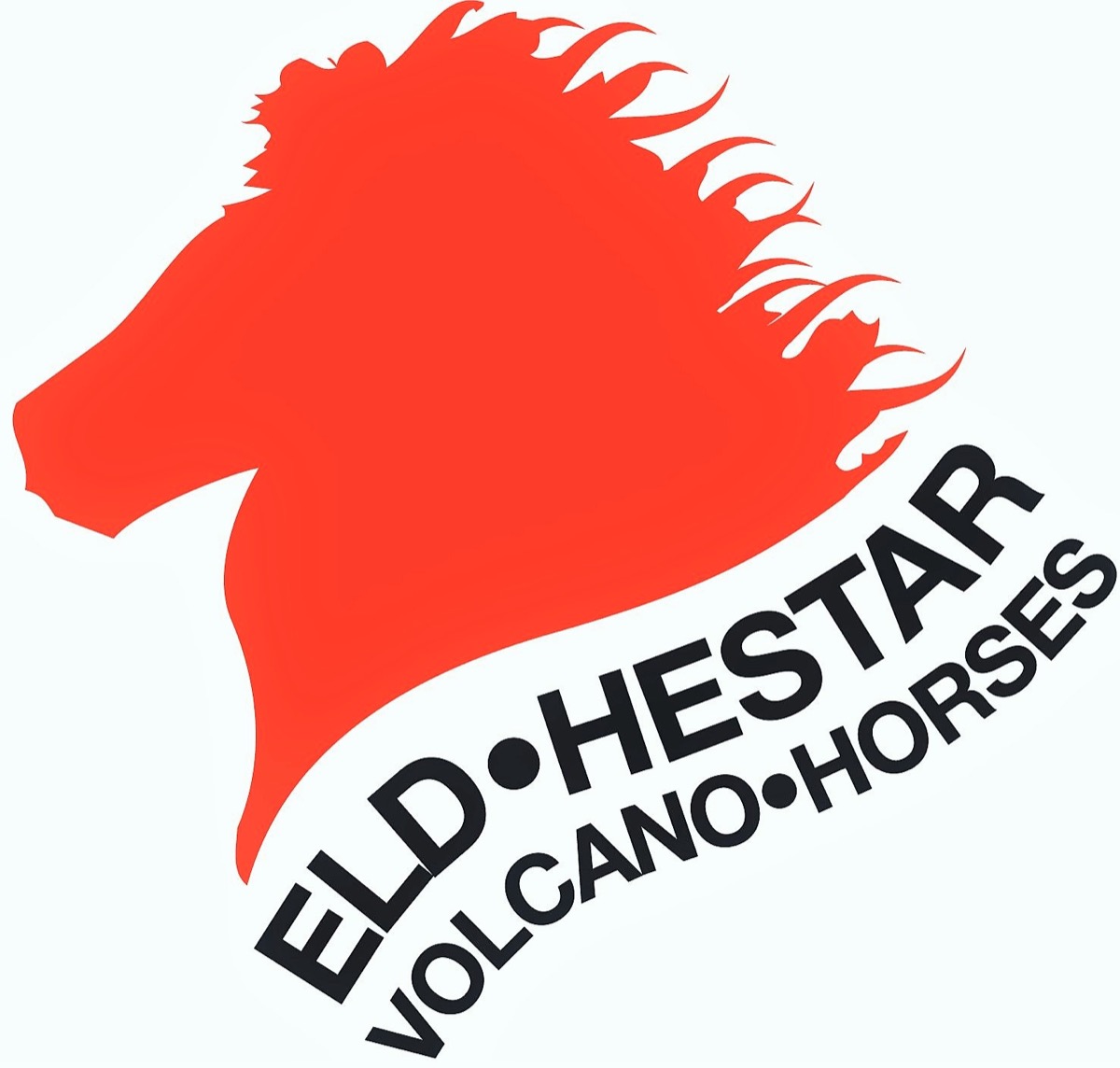
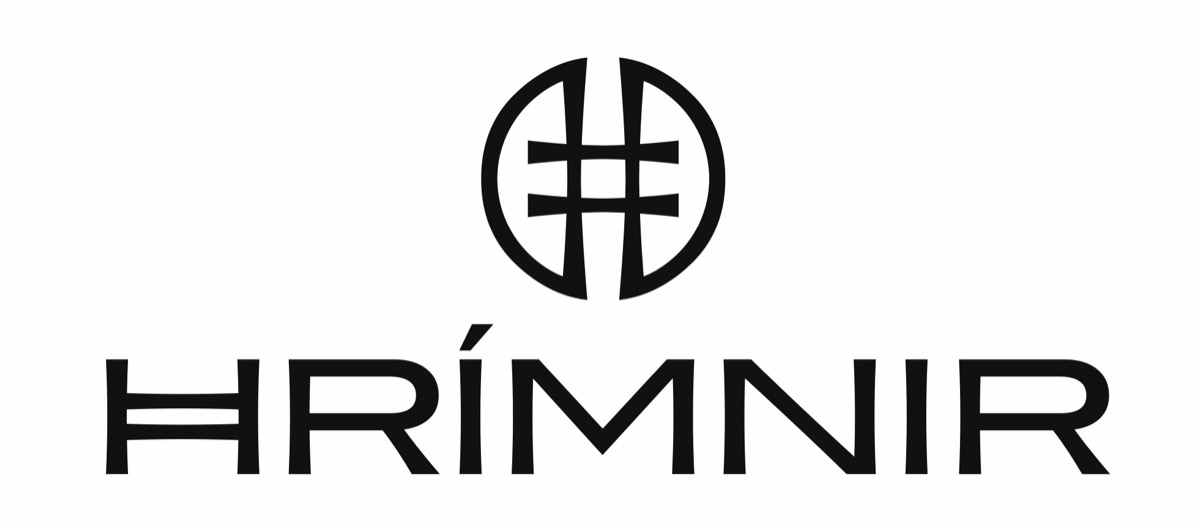


-1.jpg)
